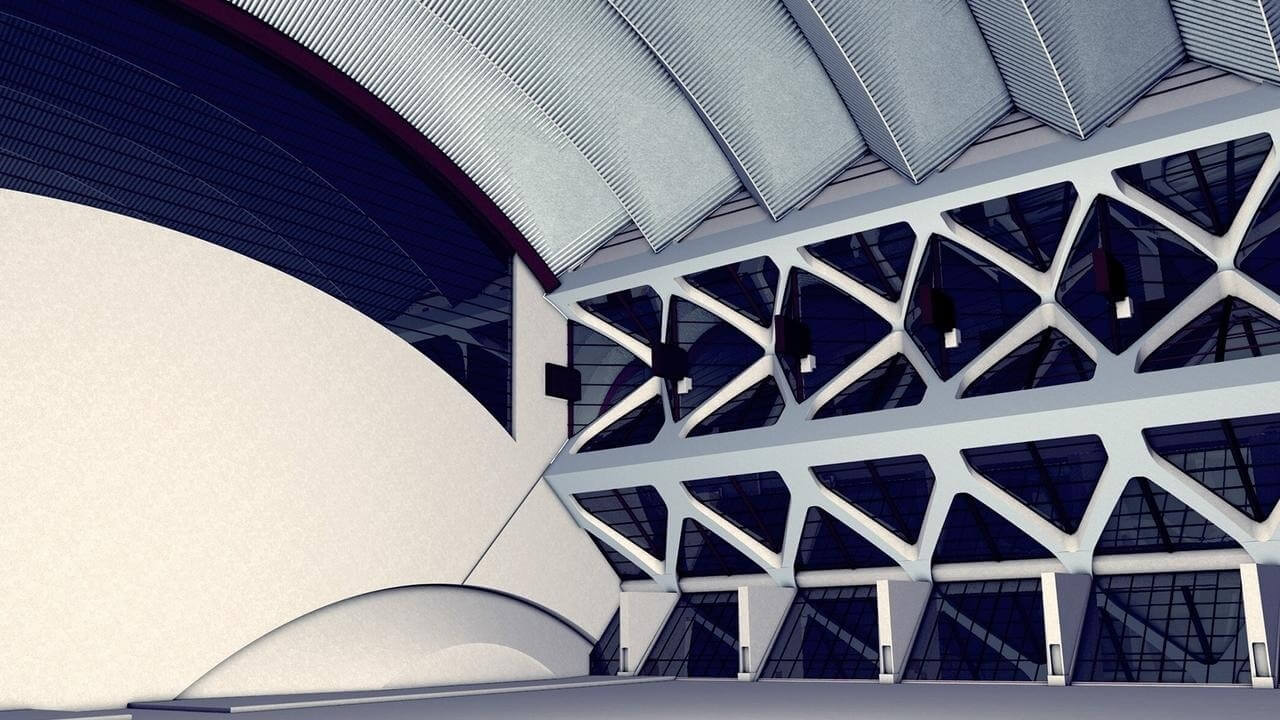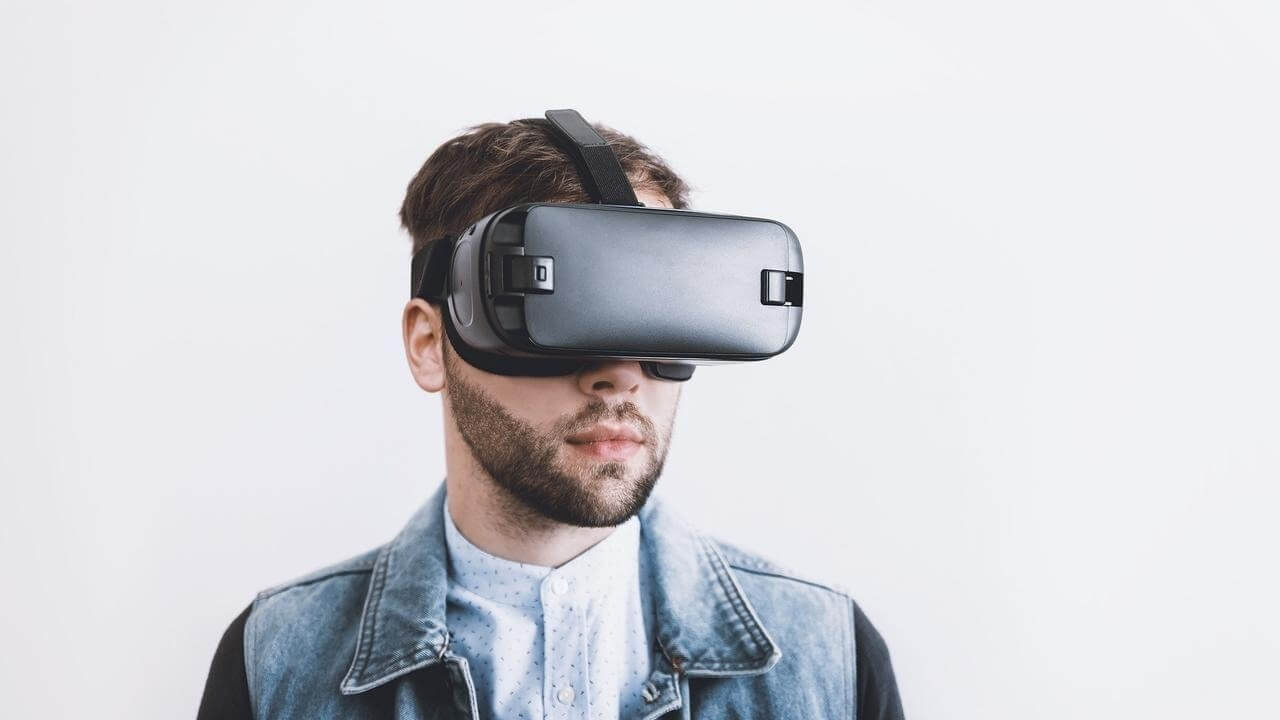Museums are great places for learning. In a museum children and adults alike can immerse themselves in distant places or learn how scientific discoveries are made. Museums can also reveal a cultural past, present or future. All in all, museums are great places to learn – especially as new technology helps designers to improve museum exhibit design.
Museum exhibits are getting evermore technologically advanced and virtual reality is one of the latest trends. Of course, virtual reality can be immersive, interactive or both. In the paper Immersive Interactive Virtual Reality in the Museum by Maria Roussou, “computer generated interactive experiences” are said to be able to “transcend physical locations”.(1) Museum visitors are able to make choices during their virtual travel enabling them to feel a sense of exploration – triggering curiosity and the desire to learn.
Most virtual reality exhibits cater to both the visual and aural senses. Such exhibits can be quite awe inspiring as visualizations are getting increasingly detailed. By using both head-worn and hand-held devices, visitors are able to interact with the simulation in a variety of new ways. However, the problem arises when designers try to meet the varied needs of a multitude of visitors.
Unfortunately, because museums attract a large number of diverse visitors, the technological components are not “one-size-fits-all”. Thus, stereoglasses are often clunky – especially for children to use. Another common issue with virtual reality exhibits is that many visitors tend to develop motion sickness. To prevent this, “good sight lines, ample seating, comfortable viewing for extended periods, good field of view and ergonomics” all contribute to positive immersive learning experiences.(1)
Museum exhibits that incorporate virtual reality really can better a visitor’s experience. The ability to simulate experiences opens exhibit design up to so many creative solutions – it remains up to designers to comfortably and innovatively apply virtual reality.
Reference:
(1) Roussou, Maria. Interactive Virtual Reality in the Museum. Foundation of the Hellenic World. Greece.
Image Credit: © Nejron | Dreamstime






